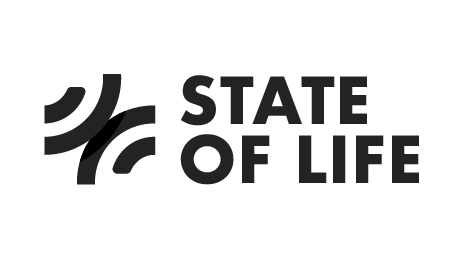Graphs from the State of Life live dashboard from the Covid 19 Tracker.
Much has been discussed about the The State of Life under Covid 19. These are interim results from a limited sample but using a variety of measures that we hope reveal some new insights.
Activity levels are up 40% and those those citing very good or excellent health are up from 30% to 52%. But wellbeing measures are down.
Work Life changes seem to be behind most of the negative wellbeing impacts; if you are furloughed or forced to work from home then your life satisfaction is down (0.4 on a 0-10 scale). Also confidence and sense that what you do is worthwhile are also lower.
Key Workers while more exposed day to day (and reporting higher anxiety) are reporting higher wellbeing, purpose, sense of financial security and optimism. Over 30% of our sample were Key Workers and the feel more financially confident with 29% feeling they will be worse off next year vs 37% for non-key workers.
The food and financial insecurity does not seem to have hit hard, yet. But people know it’s coming - when we compare the State of Life Tracker to national data those who think they will be worse off this time next year has more than doubled (from 15% to 34%) and this is consistent across all socio-economic groups.
Trust in those in our neighbourhood, area has risen: those who strongly agree most people in the area can be trusted almost doubled to 12.4% from 6.5%
Many national surveys are reporting a rise in trust in government to 60% but we used a different measure and find 48% of respondents trust the government only some of the time / almost never; 45% most of the time and only 7% always. We will do more work here to compare to national and international data sets (the image above is from our live dashboard and trust in govt. has dropped 1% since 25th April). Oh and lower socio economic groups seem twice as high in never trusting government 21% v 10% for higher socio economic groups.
People are reporting higher levels of activity and health in general. This seems driven by the proportion strongly agreeing they have the opportunity to play sport / be active which is up from 14% in January to 37% now. But the rise in activity levels is largely driven by wealthier groups in society - no commute so more time to fit in exercise? Whereas those living in poor areas are not much more active and those inactive before have not become active. So what will shift this?
The analysis is from 679 respondents (15 April to 25th April ) compared to similar sample (386) from the January 2020 Essex Local Delivery Pilot Study baseline study. State of Life methodology also means that findings and differences to pre and post Covid19 can also be double checked against identical measures in UK National data sets.
Follow us on twitter for more updates or contact us and you’ll be added to our emails.
Stay safe. State of Life.

